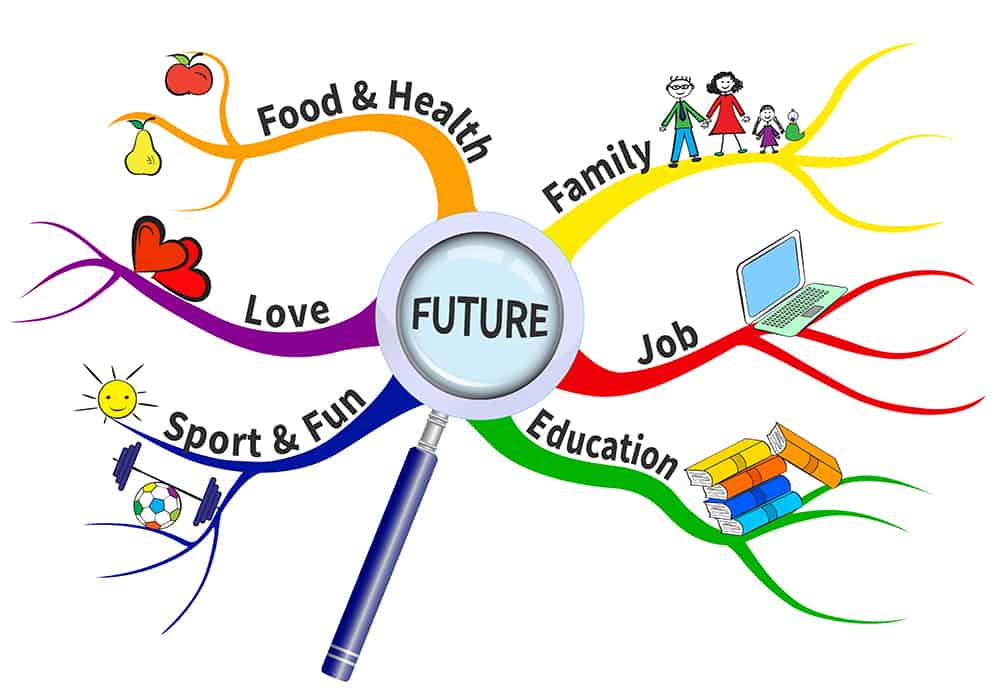
Unlocking Creativity and Clarity: The Power of Mind Mapping. In a world overflowing with information, our ability to process, retain, and creatively utilize knowledge has never been more critical. Enter mind mapping—a simple yet powerful tool that transforms how we think, plan, and innovate. This article delves into the essence of mind mapping, its benefits, and practical ways to integrate it into everyday life.
What is Mind Mapping?
Mind mapping is a visual representation technique that organizes information around a central concept. Using branches, colors, symbols, and keywords, mind maps mimic the natural flow of our thoughts, making complex information easier to understand and recall. Developed by Tony Buzan in the 1970s, this method leverages the brain’s associative nature, linking ideas in a dynamic, non-linear way.

Key Benefits of Mind Mapping
- Enhanced Creativity
Mind mapping stimulates both hemispheres of the brain. The left hemisphere manages logic and analytical tasks, while the right hemisphere deals with imagination and spatial awareness. This synergy fosters creative thinking and problem-solving. - Improved Memory Retention
The combination of visual elements and associations helps reinforce memory. By engaging different cognitive functions, mind maps create strong mental connections, making information easier to recall. - Better Organization and Clarity
Complex ideas become manageable when broken down into related topics and subtopics. This hierarchical structure promotes clear thinking and effective planning. - Efficient Learning and Studying
Students and professionals alike use mind maps to outline essays, prepare for exams, or understand new concepts. The visual format accelerates comprehension and makes reviewing more efficient.
How to Create a Mind Map
Creating a mind map is straightforward and enjoyable:
- Start with a Central Idea
Place your main concept in the center of the page. Use a word or an image that represents the topic. - Add Branches for Major Themes
Draw branches extending from the central idea, each representing a key theme or category. - Include Sub-branches
Add smaller branches off each main branch to represent related ideas, details, or tasks. - Use Colors, Symbols, and Images
These elements make the map more engaging and help trigger memory associations. - Keep it Simple and Concise
Use keywords and short phrases to avoid clutter. The goal is to convey ideas at a glance.
Practical Applications
- Project Planning: Break projects into manageable tasks, visualize timelines, and track progress.
- Brainstorming Sessions: Capture spontaneous ideas and explore different angles without losing focus.
- Note-Taking: Transform linear notes into a structured, visual format that enhances understanding.
- Problem-Solving: Identify root causes, potential solutions, and action steps with a clear, organized view.
Digital vs. Hand-Drawn Mind Maps
While traditional mind maps involve pen and paper, digital tools offer added flexibility. Apps like MindMeister, XMind, and Lucidchart enable easy editing, sharing, and collaboration, making them popular for professional use.
Tips for Effective Mind Mapping
- Keep it simple: Don’t overload your mind map with too much information.
- Use keywords: Use short, concise keywords to represent ideas.
- Use color coding: Use different colors to distinguish between different categories of information.
- Use images: Use images to make your mind map more visually appealing and memorable.
- Review your mind map regularly: Review your mind map regularly to reinforce your learning and identify new insights.
By incorporating mind mapping into your daily routine, you can unlock your full potential and achieve your goals.
Conclusion for Unlocking Creativity and Clarity: The Power of Mind Mapping
Mind mapping is more than a technique; it’s a pathway to more effective thinking and learning. By visually organizing ideas, we unlock our creativity, improve our memory, and clarify our goals. Whether you’re a student, a professional, or simply someone looking to organize thoughts more effectively, mind mapping offers a versatile tool that adapts to your needs. Start mind mapping today and watch your ideas take shape like never before!
Thank you for reading.
If you like it please like, share and comment . You can also visit http://Stationvidya.com
Leave a Reply